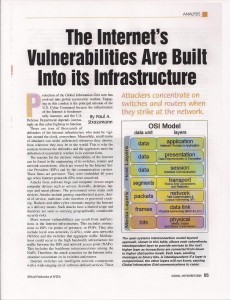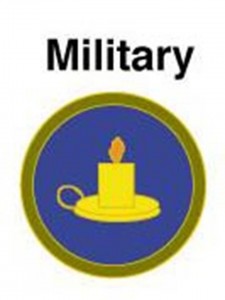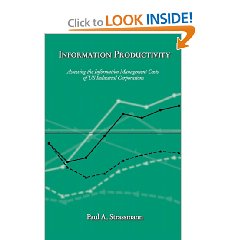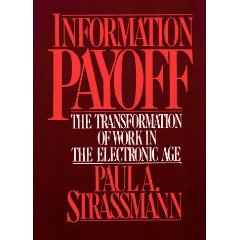
BI implementations fail because they are sold to the IT departments and not to the business users. The use case and ROI needs to be built with the business users. If that is not done, it results in:
- high probability of self-ware
- lack of ROI for the business user
- a pure IT project not driven by the needs of the business
Phi Beta Iota: For decades we have been railing against the substitution of technology for thinking; the absence of processing power and analytic desk-top tool-kits, and so on. We have also pointed out that “BI” is nothing more than data mining, that competitive intelligence ignores context, and that only commercial intelligence with a 360 view as well as historical and future forecast aspects will do. Peter Drucker said in Forbes ASAP on 28 August 1998 that we have spent the past 50 years focused on the T in IT, and need to spend the next 50 focused on the I. That is what this web site and the Earth Intelligence Network, a 501c3 seeking donors, are focused upon. The World Brain and Global Game, connecting all minds to all information in all languages all the time, is achievable. Paul Strassmann was the first to point out in a very credible documented way that the ROI for most IT investments in the Fortune 500 is negative to neutral. IT is not pulling its weight because IT has no strategy and no intellectual frame of reference, e.g. connecting dots to dots, dots to people, and people to people so as to achieve specified outcomes.
See Also:









